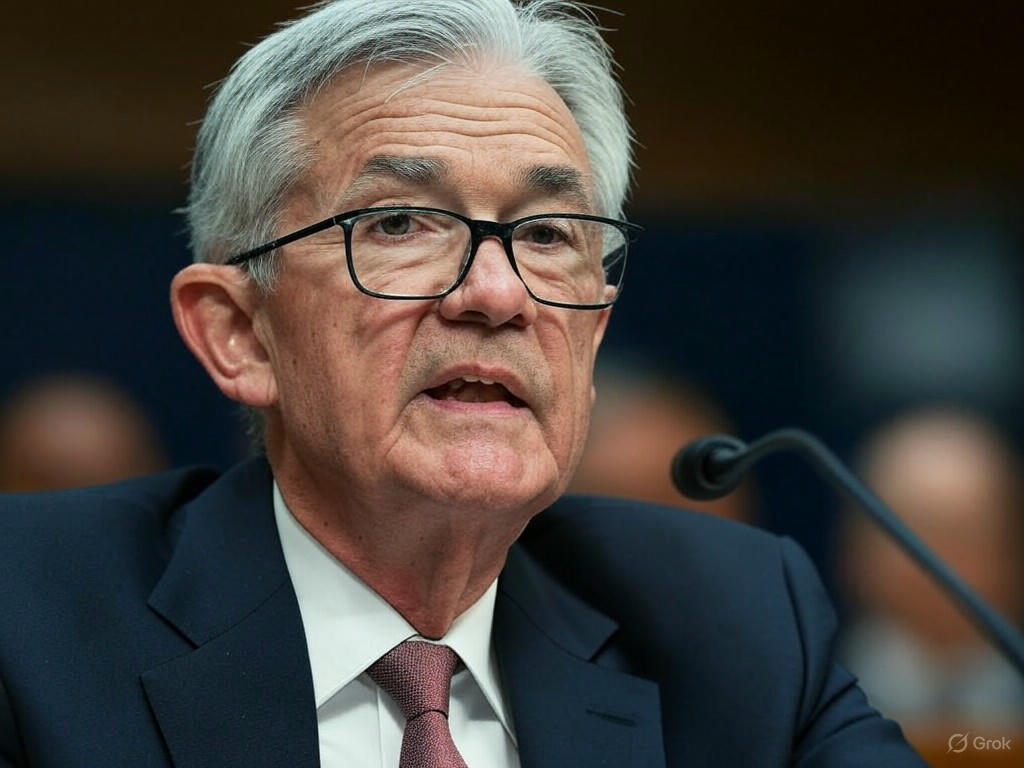Wall Street is on edge as geopolitical tensions and domestic economic policies collide, creating a storm of uncertainty for investors. Dow Jones futures wavered in early trading today, reflecting the market’s unease over President Donald Trump’s latest stance on Iran. Reports indicate that Trump has demanded what amounts to a complete capitulation from the Iranian regime, escalating an already volatile situation in the Middle East. His administration’s hardline approach, which some analysts describe as a call for unconditional compliance, has raised fears of potential conflict or further economic sanctions that could disrupt global oil supplies and rattle energy markets.
The timing of Trump’s statements couldn’t be more critical. Investors are already bracing for Federal Reserve Chairman Jerome Powell’s upcoming remarks, which are expected to provide clarity on the central bank’s interest rate strategy amid persistent inflation concerns. With the Fed’s next policy meeting on the horizon, speculation is rife about whether Powell will signal a hawkish turn with tighter monetary policy or maintain a more cautious approach to support economic recovery. The combination of international friction and domestic financial uncertainty has left traders scrambling to reposition their portfolios, with safe-haven assets like gold seeing a slight uptick in demand.
Market analysts warn that the dual pressures of geopolitical risks and monetary policy decisions could lead to heightened volatility in the coming weeks. Energy stocks, in particular, are under scrutiny as any disruption in the Middle East could send oil prices soaring, impacting everything from consumer spending to corporate earnings. Meanwhile, tech and growth stocks, which have been sensitive to interest rate expectations, are also facing headwinds as investors weigh the likelihood of a more aggressive Fed. Some experts suggest that Trump’s foreign policy moves might be an attempt to shift focus from domestic challenges, but the ripple effects are undeniable, with the potential to influence everything from inflation to international trade dynamics.
As the situation unfolds, financial advisors are urging caution. Diversification and a focus on defensive sectors may be key for investors looking to weather this storm. The interplay between Trump’s Iran policy and the Fed’s next steps will likely dominate market sentiment, with every tweet, speech, and economic data point under intense scrutiny. For now, the Dow Jones and other major indices remain in a holding pattern, with traders reluctant to make bold moves until there’s more clarity on both fronts.
The coming days promise to be a test of nerves for Wall Street. Will Trump’s aggressive rhetoric on Iran lead to tangible consequences, or is it a negotiating tactic? And will Powell’s guidance offer the reassurance markets crave, or will it deepen the uncertainty? As these questions linger, one thing is clear: the intersection of politics and economics is shaping up to be a defining factor for investors in 2025, with no easy answers in sight.
